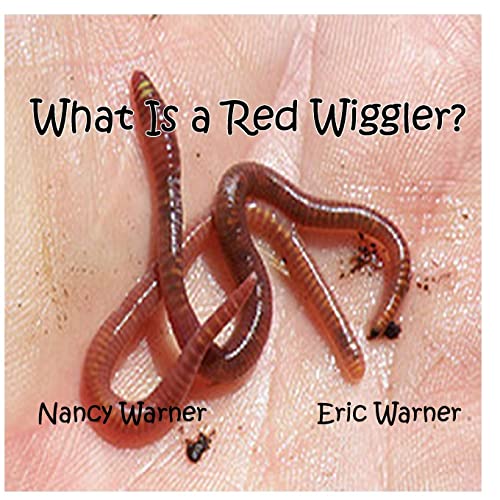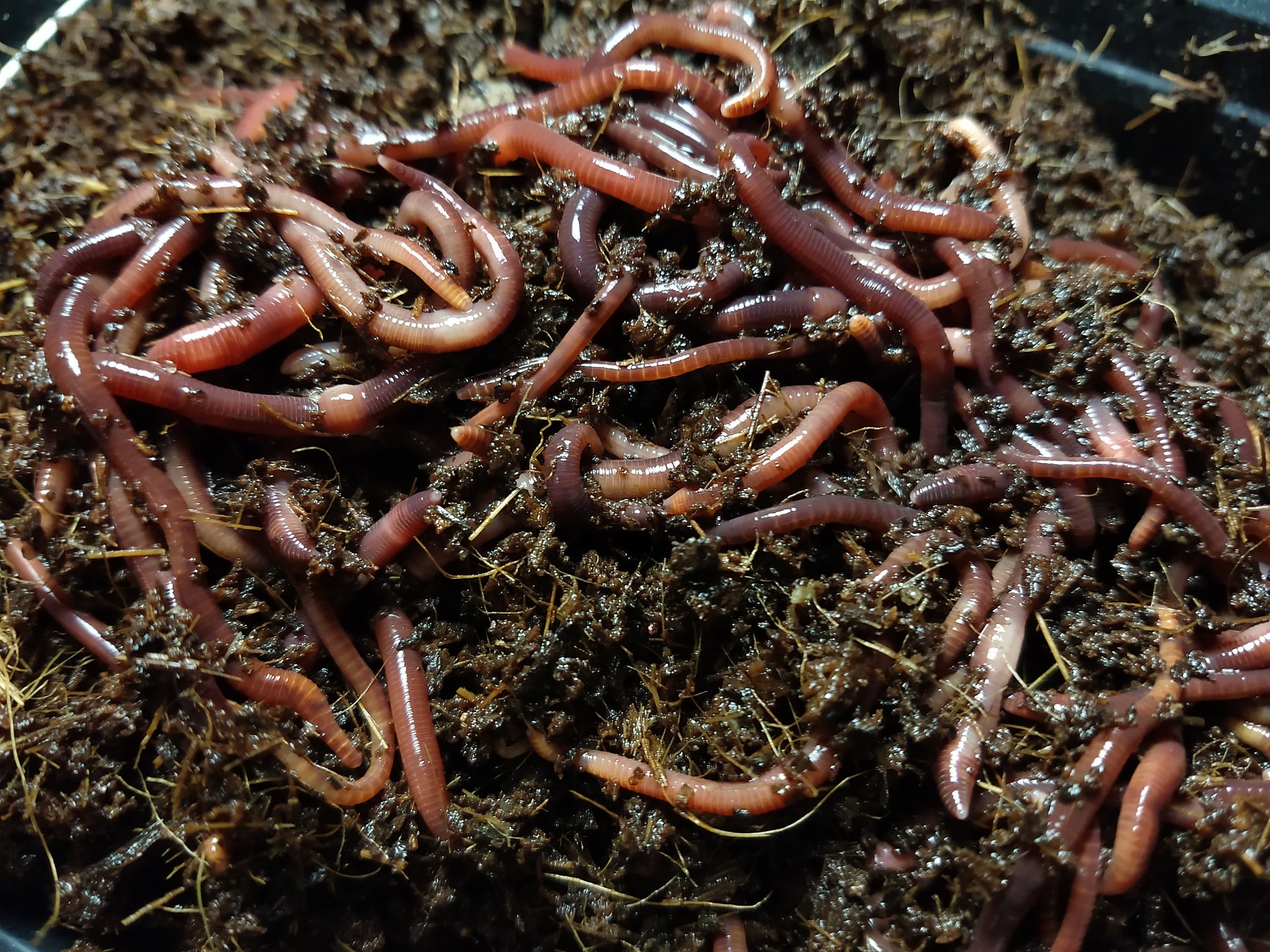Lake Hickory Bait: Providing Reliable Bait for Anglers Near and Far
Lake Hickory Bait: Providing Reliable Bait for Anglers Near and Far
Blog Article
Red Wigglers: The Unsung Heroes of Organic Waste Recycling
Red wigglers, or Eisenia fetida, offer as vital agents in the natural waste recycling procedure, changing discarded materials into useful vermicompost. Their efficient malfunction of raw material not just improves soil high quality however additionally adds to sustainable waste management methods. As the globe significantly seeks options to combat waste buildup and boost farming efficiency, comprehending the duty of these worms ends up being essential. What devices enable them to flourish in garden compost environments, and how can they be efficiently used in both property and industrial setups? Exploring these questions discloses the wider implications of vermicomposting in our eco-friendly landscape.
What Are Red Wigglers?
The impressive strength of red wigglers, scientifically called Eisenia fetida, underscores their critical function in organic waste recycling. These small, reddish-brown earthworms are normally discovered in disintegrating organic matter, such as garden compost piles and manure heaps. Lake Hickory Bait. Unlike other earthworm types, red wigglers thrive in nutrient-rich environments and are very efficient at damaging down organic materials, making them essential for vermicomposting

(Red Wiggler Express)Along with their role in waste decrease, red wigglers add to dirt health and wellness by improving soil structure and oygenation through their tunneling tasks (Lake Hickory Bait). Their presence in composting systems not just boosts decomposition rates but additionally promotes a sustainable strategy to waste administration, showing their significance in ecological preservation initiatives
Benefits of Composting With Worms
Composting with worms, particularly red wigglers, uses many benefits that improve both waste monitoring and soil health and wellness. First, these worms successfully break down organic waste, transforming it right into nutrient-rich vermicompost that improves dirt. This procedure speeds up decomposition, allowing for a faster recycling of cooking area scraps and other organic materials compared to traditional composting approaches.
In addition, the vermicompost generated by red wigglers is including advantageous microorganisms, which aid improve soil framework, aeration, and moisture retention. This boosts the overall health and wellness of plants, promoting vigorous growth and increased returns in yards and agricultural setups. Moreover, using worms in composting lessens the production of greenhouse gases, such as methane, adding to a more sustainable waste management system.

How to Start Vermicomposting
Developing a vermicomposting system is a simple procedure that can generate substantial benefits for both waste management and soil enrichment. To start, choose a suitable container, such as a plastic bin or wooden box, with sufficient ventilation openings to make sure appropriate airflow. The measurements should preferably be about 2 feet by 3 feet, permitting enough area for the worms to flourish.
Next, prepare bedding material, which can include shredded newspaper, cardboard, or coconut coir. This bed linen ought to be moistened to develop a suitable environment for the worms. When the bedding is in area, present red wigglers (Eisenia fetida) into the bin, generally around one pound of worms for every square foot of surface location.
Complying with the positioning of worms, add organic waste, such as fruit and vegetable scraps, coffee premises, and smashed eggshells. With these steps, you will efficiently launch a vermicomposting system that contributes to sustainable waste management and enriches your dirt.
Maintaining a Healthy And Balanced Worm Bin
(Lake Rhodhiss Bait)Keeping a worm bin flourishing needs regular interest and treatment to ensure the wellness of the red wigglers and the effectiveness of the composting procedure. Correct maintenance starts with checking the moisture degrees; the container ought to be damp however not saturated. A good general rule is to keep a consistency similar to a wrung-out sponge.
Aeration is important also. Gently blending the bed linens and food scraps every couple of weeks prevents compaction and guarantees that all worms have access to oxygen. In addition, it is important to feed the worms appropriately. A balanced diet regimen of vegetables and fruit scraps, coffee grounds, and crushed eggshells ought to be provided in moderation to prevent overfeeding, which can bring about smells and insects.
Temperature level guideline is one more crucial aspect. Red wigglers thrive in a variety of 55 to 77 degrees Fahrenheit. If the bin becomes also hot or chilly, the worms may become stressed out - Lake Hickory Bait. Lastly, occasionally examine for indicators of health and wellness, such as worm population development and the presence of healthy castings. By carefully managing these variables, one can maintain a durable and effective worm bin.
Effect On Lasting Living
The effective upkeep of a worm container not only benefits the health and wellness of red wigglers but also contributes dramatically to sustainable living techniques. By recycling natural waste, such as kitchen area scraps and lawn particles, red wigglers assist divert significant amounts of material from land Continue fills. This decrease in waste not just reduces greenhouse gas emissions but also reduces the environmental worry related to waste administration.
Additionally, the castings generated by red wigglers work as a nutrient-rich natural plant food, enhancing soil health and promoting plant growth. This all-natural alternative to chemical fertilizers sustains lasting farming and horticulture techniques, reducing dependence on artificial inputs that can hurt environments. Furthermore, worm composting cultivates awareness of waste management, motivating people and areas to take on more sustainable habits.

Verdict
In summary, red wigglers serve as crucial factors to organic waste recycling with their effective disintegration of natural materials. By incorporating vermicomposting right into waste management techniques, people and neighborhoods can dramatically reduce waste while advertising ecological sustainability.
Report this page